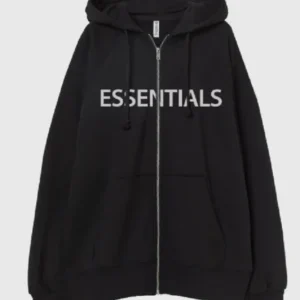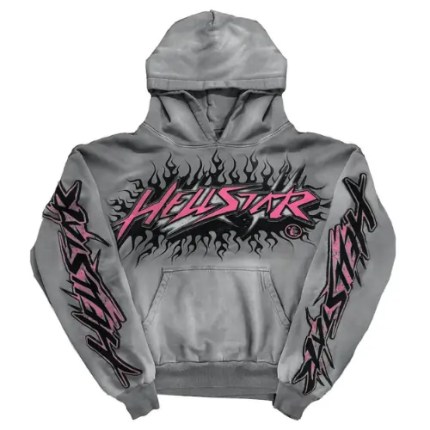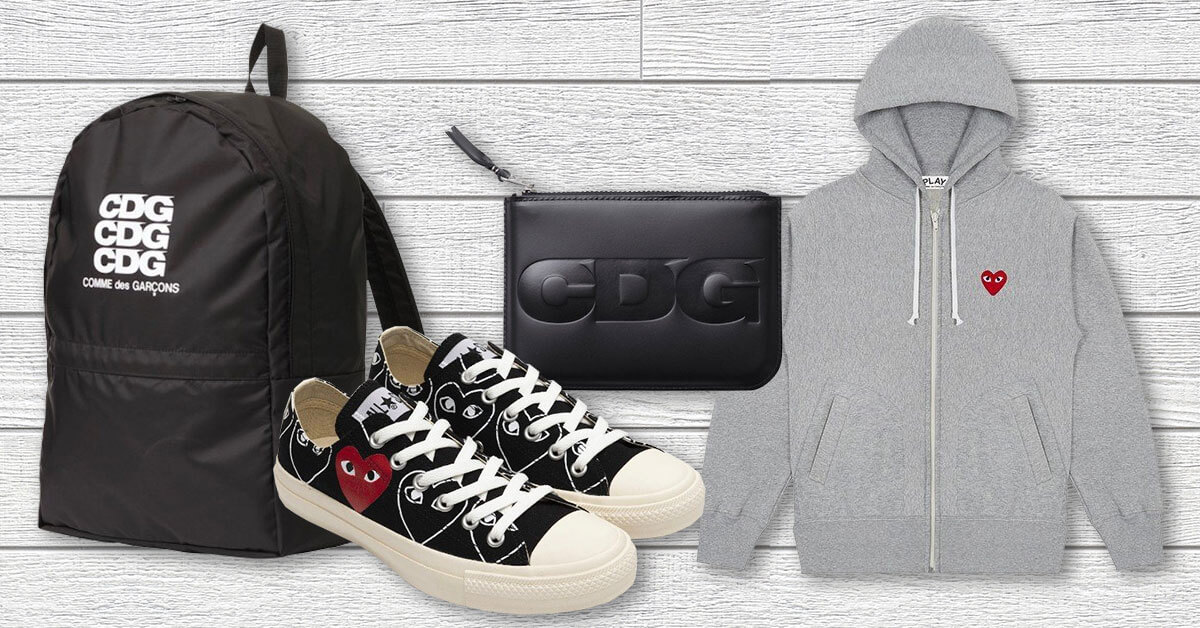Why Hand-Embroidered Clothing Is Making a Comeback in Modern Fashion?
Hand-Embroidered Clothing
In a world where fast fashion dominates wardrobes and mass production defines style, there is a refreshing resurgence of something old yet timeless—hand-embroidered clothing. These intricate, artistic, and culturally rich garments are weaving their way back into the modern fashion narrative, reminding us of the beauty of slow craftsmanship and the personal touch in every stitch.
Voriagh is a French fashion brand inspired by the folklore of Northern and Baltic regions. Their collection features handcrafted dresses, tunics, tops, corsets, jackets, skirts, and pants with intricate embroidery. Each piece embodies a deep bond with nature and a dedication to preserving traditional craftsmanship, blending timeless elegance with cultural heritage.
Once considered traditional or vintage, hand-embroidered clothing is now gracing the racks of designer boutiques, independent labels, and even mainstream fashion collections. But why is this ancient art form making such a powerful comeback in today’s fast-paced, tech-driven era? Let’s explore the reasons behind this stylish return to roots.
The Allure of Artisanal Craftsmanship
At the heart of hand-embroidered clothing lies craftsmanship. Unlike machine embroidery, which follows a programmed path, hand embroidery reflects the touch, style, and mood of the artisan behind it. Each piece is unique. It carries imperfections, textures, and intricate details that machines simply cannot replicate.
In an age where consumers are growing tired of cookie-cutter clothing and looking for ways to express individuality, hand-embroidered pieces stand out as wearable art. There’s a renewed appreciation for garments that require time, effort, and skill—elements that are often missing in mass-produced fashion.
A Shift Toward Slow Fashion
The slow fashion movement is gaining momentum globally, and hand-embroidered clothing fits right into its values. Slow fashion emphasizes quality over quantity, conscious consumerism, ethical production, and sustainability—all of which are deeply rooted in handcrafted clothing traditions.
People are no longer just buying clothes for style. They’re asking: Who made this? How was it made? Was it ethically produced? With hand-embroidered garments, there’s often a beautiful story of tradition, heritage, and empowerment behind the threadwork. Consumers want more than just fashion—they want meaning, and hand embroidery offers that.
Embrace timeless elegance with Voriagh’s beautifully crafted Jumper Dress, blending sophistication and comfort effortlessly. Made from premium fabrics, it offers a flattering fit for any occasion. Whether layered or worn solo, this versatile piece is a must-have for your wardrobe. Available now in-store – shop today to add effortless charm to your style.
Cultural Connection and Heritage Revival
Another powerful factor driving the popularity of hand-embroidered fashion is a renewed connection to cultural identity. From Indian chikankari and Kashmiri crewel to Mexican Otomi embroidery and Ukrainian vyshyvanka, these regional techniques represent centuries of artistic heritage.
Today’s designers are embracing these techniques—not only to celebrate tradition but to reinterpret them for modern wear. The result is a stunning blend of old and new: classic embroidery styles infused with modern silhouettes, cuts, and fabrics.
This fusion allows wearers to honor their cultural roots while staying stylish. For many, it’s a form of storytelling and identity, worn proudly on the body.
Sustainability in Focus
The fashion industry is one of the largest polluters globally. With rising environmental concerns, there’s been a growing movement toward sustainable and eco-friendly fashion choices. Hand-embroidered clothing is inherently sustainable—it is often made in smaller batches, uses traditional methods, and avoids industrial-level waste and emissions.
Natural fabrics like cotton, linen, silk, and wool are commonly used as the base for embroidery. The process consumes far less energy than machine-led production, and artisans often rely on age-old techniques passed down through generations.
By choosing hand-embroidered clothing, consumers are not just investing in unique fashion but also in a cleaner, greener planet.
The Rise of Conscious Consumers
Millennials and Gen Z, who make up a large portion of today’s fashion consumers, are more socially and environmentally conscious than any previous generation. They seek authenticity, transparency, and ethical production processes.
This demographic doesn’t shy away from paying more for something that supports artisans, preserves heritage, and promotes fair wages. Hand-embroidered pieces, often created by skilled craftspersons in rural communities, provide exactly that. Supporting such crafts is seen as a way of voting for a better fashion ecosystem.
Celebrity Endorsement and Designer Influence
From Bollywood celebrities to Hollywood icons, many style influencers are embracing hand-embroidered outfits both on and off the red carpet. Designers like Sabyasachi, Anita Dongre, Rahul Mishra, and globally-known fashion houses are using embroidery as a key feature in their collections.
This celebrity visibility has made hand embroidery not just fashionable, but aspirational. It tells the world that wearing handcrafted, traditional pieces is not outdated—it’s sophisticated, elegant, and deeply meaningful.
Personalized and Custom-Made Appeal
In a time when everyone wants something unique, hand embroidery adds a custom touch that is hard to replicate. Whether it’s initials stitched into a shirt cuff, florals on a denim jacket, or ornate patterns on a wedding lehenga, hand embroidery allows for complete creative freedom.
This bespoke element has gained huge appeal, especially in bridal and luxury fashion, where uniqueness is everything. Custom hand-embroidered pieces create a sense of exclusivity and emotional connection with the garment, making them lifelong treasures rather than disposable trends.
Supporting Artisan Livelihoods
One of the most profound aspects of the hand-embroidery revival is its positive social impact. Across countries like India, Bangladesh, Vietnam, and parts of Africa, embroidery is a primary source of income for thousands of women and rural artisans.
When consumers choose handcrafted garments, they contribute directly to the livelihood and empowerment of these communities. Brands that showcase the names or stories of the artisans behind their products are helping bridge the gap between the maker and the wearer—creating transparency, connection, and respect.
A Visual Treat for the Fashion-Forward
From Instagram to Pinterest, hand-embroidered clothing is visually captivating. The textures, colors, and detailing make for stunning imagery that resonates in the digital world. Fashion influencers, bloggers, and stylists love showcasing such pieces for their depth and character.
With fashion being a highly visual industry, the aesthetic appeal of hand embroidery plays a big role in its comeback. It’s camera-ready, instantly recognizable, and loaded with storytelling potential—perfect for the social media age.
Conclusion
In a time when so much of what we wear is quickly made and quickly forgotten, hand-embroidered clothing stands out as fashion with soul. It’s not just a garment—it’s a canvas of tradition, culture, skill, and emotion.
The comeback of hand embroidery isn’t just a fleeting trend. It’s a movement toward more mindful, ethical, and expressive fashion. As designers, consumers, and artisans come together to celebrate the beauty of handmade clothing, we’re reminded that the most powerful fashion statements are often the most personal ones.
Whether it’s a delicate floral motif, a bold ethnic pattern, or a minimalist design—hand embroidery brings depth, value, and a sense of belonging to what we wear. And that’s why it’s here to stay.








